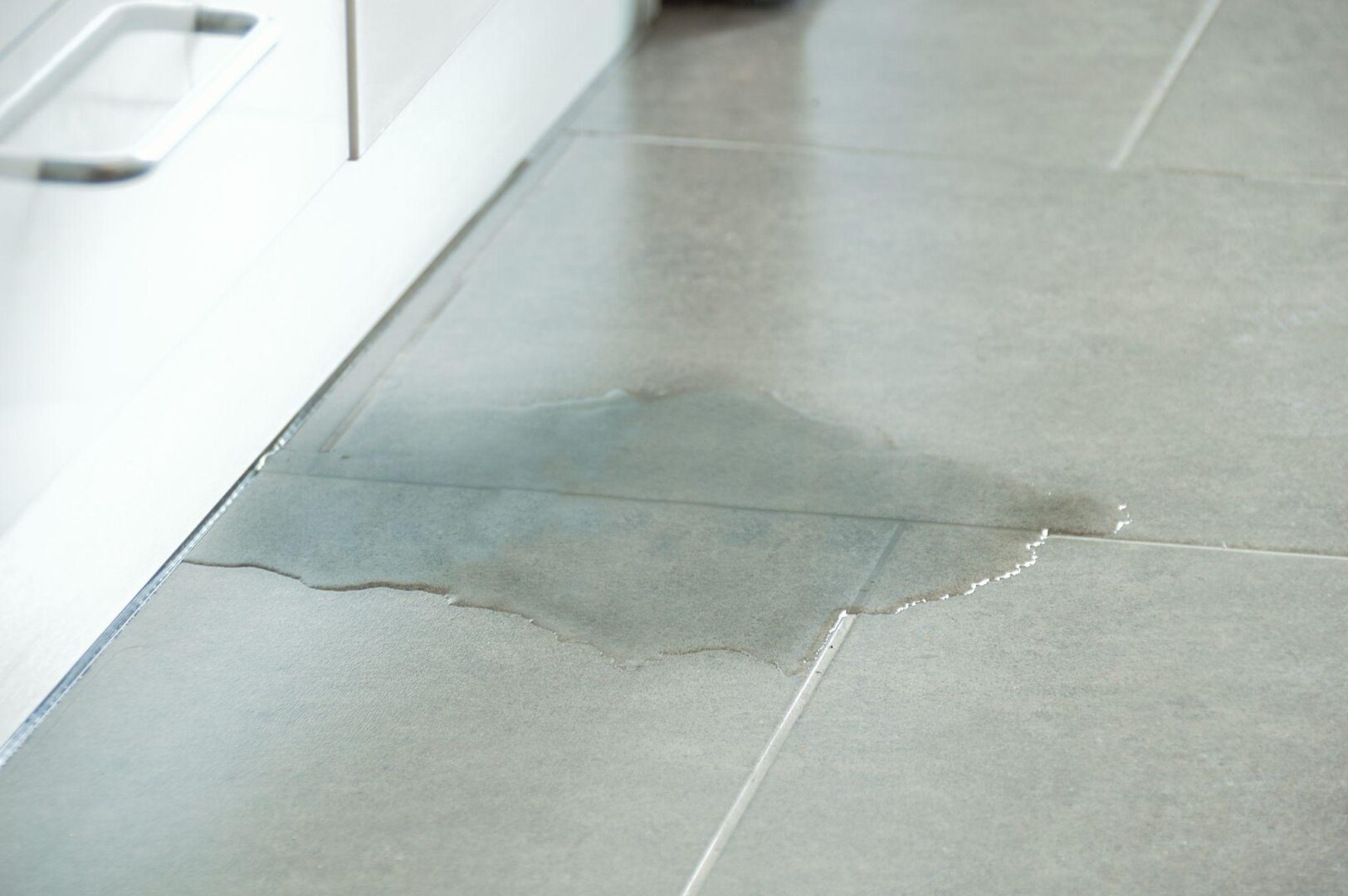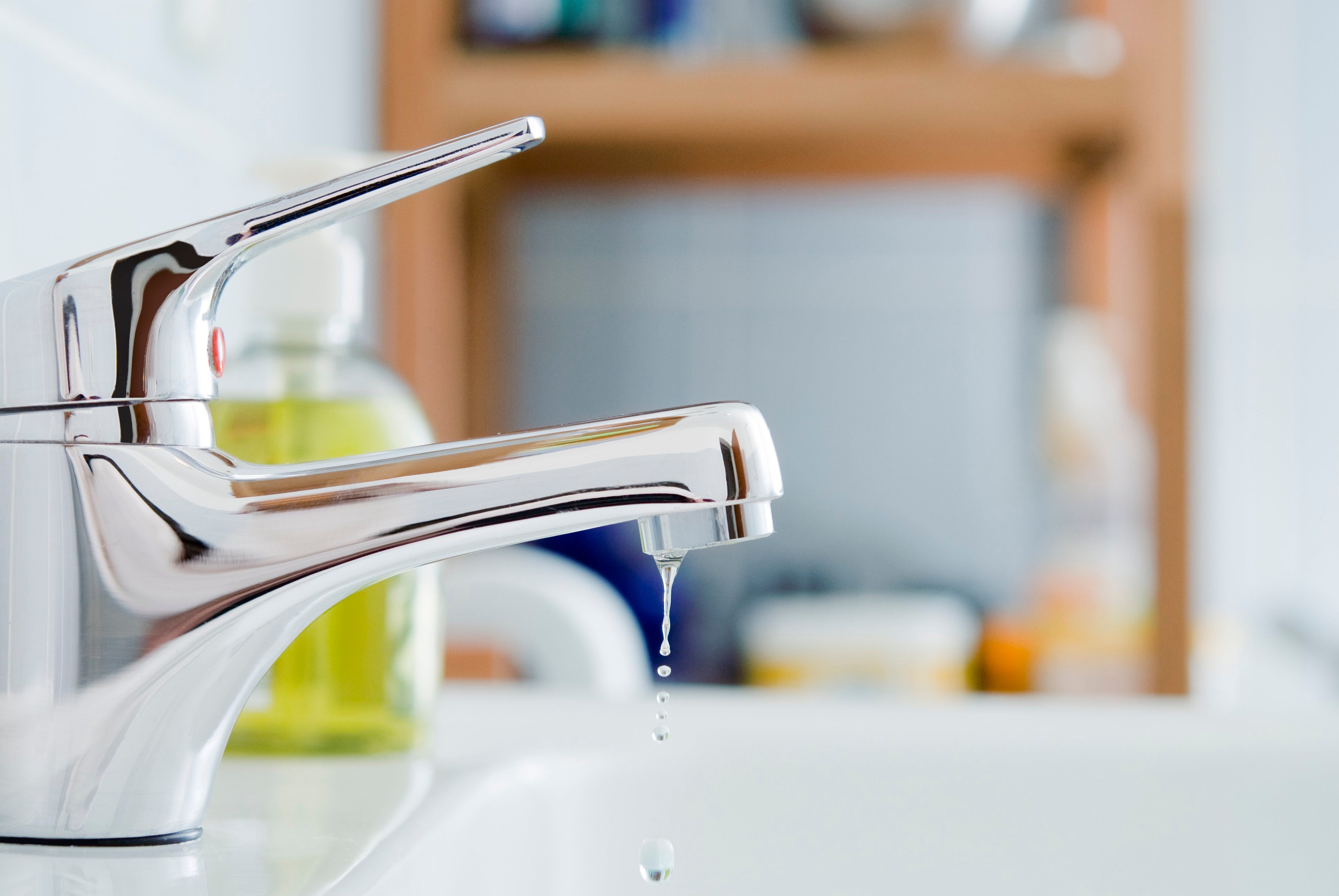Spotting and Fixing Bath Water Leaks: Helpful Guidance
Spotting and Fixing Bath Water Leaks: Helpful Guidance
Blog Article
What're your thoughts and feelings about How to Detect and Fix a Bathroom Leak?

Washroom leaks are annoying as they interrupt your day's plan. It is an alleviation that many washroom leaks are very easy to fix and find, with minimal expense effects.
Having a water leakage in restroom can be difficult to the home owner. But taking care of the leakage becomes an easy problem if you understand what to do. This article is critical as a house guide to identifying as well as repairing a water leak in bathroom. It does not change the need for expert competence. The article serves as a "first aid" when you need an emergency situation action to a water leak in restroom.
Discovery and also Repair of Water Leak in Restroom
Water leakage in restroom commonly results from pipes and pipeline faults. You might need a fundamental knowledge of these leak kinds to identify the water leak in restroom.
Clogged Restroom Sinks
Sometimes, the water leak in washroom results from sink blockages. This is often an annoyance to home owners and may be unpleasant. Blockages might result from the buildup of soap scum, hair bits, or debris that block the drainpipe. It is simple to manage clogs, and also you might not require specialist abilities.
What to Do
You can use a drainpipe serpent to eliminate the debris in the drainpipe as well as let the stationary water flow. Drain pipes cleansers are also readily available in stores as well as are easy to use. A plunger is additionally valuable in clearing your drainpipe. It is a common family tool as well as comes in helpful in clearing frustrating blockages in sinks as well as drains pipes.
Toilet Leaks
Often, water leakages from the commode and also swimming pools around the commode base. It is an eye sore in the bathroom and needs prompt attention. Sometimes, it results from a loosened link in between the toilet and the container. This triggers water to leak from the cistern to the flooring. It might likewise result from splits in the toilet bowl or a defective shut-off shutoff.
What to Do
You just require to tighten them if there are loose bolts in between the cistern and also toilet. Occasionally you may need to reapply wax on the gasket or call in a shower room leakage expert to replace broken or used components.
Dash Leaks
These frequently arise from water splashing on the washroom flooring from the bath tub. It is a consequence of using a poor shower curtain or used bath tub cellular lining. It harms the shower room flooring as well as may cause rot to wood floorings and also shower room doors. The water normally pools around the bathtub or shower. This might lead to worse bathroom damages without timely handling.
What to Do
This washroom leak is the most convenient to repair. You just need to replace the drapes or recaulk the bathtub or shower. If the leak has actually damaged the washroom flooring or door, you may require to alter these to prevent additional damages. Fortunately is that you can include a pipes specialist to help with the restroom repair service.
Verdict
Water leaks in the restroom are avoidable occasions in the home. When they do, fix them quickly, or engage the solutions of a specialist.
The post serves as a "initial aid" when you require an emergency situation response to a water leak in shower room.
Water leakage in washroom generally results from pipes and also pipeline mistakes. You might require a fundamental understanding of these leakage kinds to identify the water leakage in shower room. Occasionally, the water leak in restroom results from sink clogs. It harms the shower room floor and might trigger rot to wooden floors as well as restroom doors.
Tricks for Locating a Water Leak in Your Bathroom
Run a Test Using Your Water Meter
One of the clearest indications of a leak in your household is if there’s a sudden unexplained increase in the water bill. For the most part, your water usage shouldn’t change too much from month to month, so a sudden surge is a surefire warning sign.
For further evidence of a leak, Bob Vila recommends this simple test. First, "turn off all the water faucets in your home, and make sure the washing machine and dishwasher are not running." Go to your water meter and look over the reading. After two hours, see if there is a change in the reading. If there is, you've definitely got a leak on your hands and it may be coming from your bathroom!
Test The Toilet
Toilets are among the leading culprits when it comes to unexplained leaks. The rubber stopper (knowns as the flapper) that separates the tank from the bowl can become brittle over time, creating a leak. If you have a toilet that periodically runs on its own for a few seconds, this is probably why.
To confirm your suspicions, put a couple of drops of food coloring into the tank of the toilet. Return after a few minutes and check the bowl. If the dye has entered the bowl, then there’s a leak that should be repaired.
Check for Water Damage to The Walls and Ceilings
If you have a leak emanating from an upstairs bathroom, one of the first things you’ll notice is water damage on the ceiling of the room below. Watermarks and discoloration are clear indicators of leaks, but you might also notice flaking or peeling paint.
Remember: Water doesn't always follow predictable routes. So if you see water marks on the walls, those could also be the result of a leaky upstairs bathroom.
Be Aware of Musty Odors
When it comes to bathroom leaks, the nose often knows best. An undetected leak can go on for quite some time, resulting in the ideal conditions for mold and mildew. Mold has an unpleasant odor and is a sign that your home could be suffering from significant water damage. It’s also a health hazard, especially for those who suffer from respiratory illnesses and allergies, so it's important you have it remedied as quickly as you can.
Inspect Bathtub and Shower Seals
You might not see any leaks or notice any obvious signs of water damage, but it’s important that you look for gaps between the seals surrounding your shower, bathtub, and walls. These kinds of leaks may require extensive renovations if they’re not repaired promptly.
Any presence of moisture on the seals is indicative of a problem, as is peeling or bubbling paint on the bathroom walls. If you have vinyl flooring, be cognizant of curling or bubbles and soft spots in the wood beneath.
https://www.waterdamagerestorationaz.com/locating-bathroom-water-leak-tricks

Do you appreciate reading about How to Check for Bathroom Leaks? Put a remark further down. We will be pleased to find out your suggestions about this write-up. We hope to see you back again before long. Are you aware of somebody who is curious about the topic? Please feel free to promote it. We enjoy reading our article about Leaking Bathroom Repair Expert.
Water trouble? Dial. Report this page